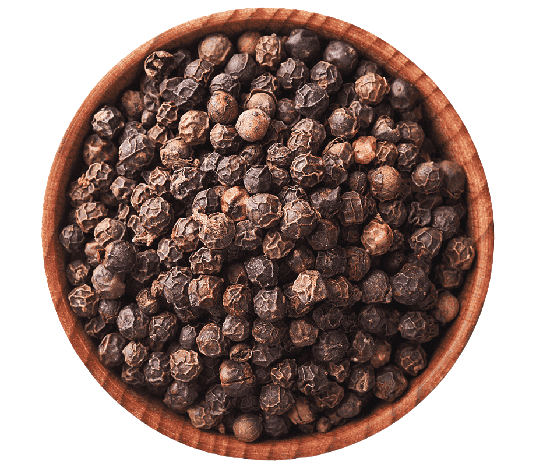


Pepper
Black Pepper
Black pepper, Piper nigrum, is a climbing perennial plant in the family Piperaceae which is grown for its fruits. The fruits are used to produce black, white and green peppercorns which are commonly used as a spice in cooking. Black pepper may be vining or have bushy, wooden stems.
Black Pepper
Description
The plant has simple, alternating leaves which are oval in shape and produces clusters, or spikes, of 50 to 150 flowers. The fruits develop on the flower spike and are small spherical fruits which are green and ripen to red. Each stem can produce 20–30 spikes. Black pepper can grow to be 10 m (33 ft) in height but under cultivation it is usually restricted to 3-4 m (10–13 ft). It is a perennial plant which can live for over 30 years, with a commercial lifespan of 12–20 years.
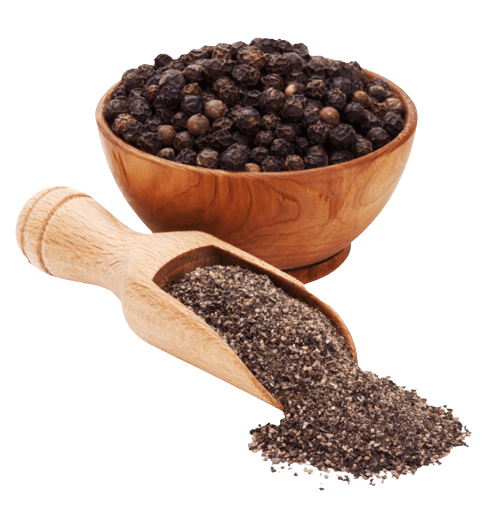
USES
Black pepper is produced from the still-green unripe berries of the pepper plant. The berries are cooked briefly in hot water, both to clean them and to prepare them for drying. The heat ruptures cell walls in the fruit, speeding the work of browning enzymes during drying. The berries are dried in the sun or by machine for several days, during which the fruit around the seed shrinks and darkens into a thin, wrinkled black layer around the seed. Once dried, the fruits are called black peppercorns. White pepper consists of the seed only, with the fruit removed. This is usually accomplished by allowing fully ripe berries to soak in water for about a week, during which time the flesh of the fruit softens and decomposes. Rubbing then removes what remains of the fruit, and the naked seed is dried.
Types Of
Black Pepper
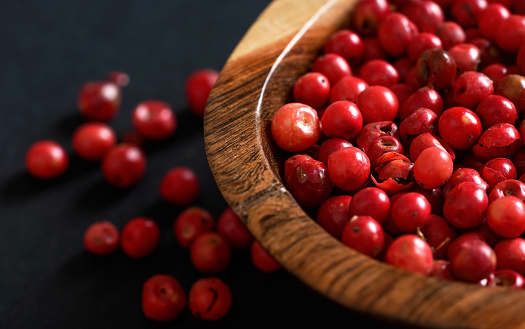
PINK PEPPER
Pink pepper is now considered a “hot” perfume ingredient since it is bright, happy, and has a woody-rosy aroma as opposed to the more common black pepper’s nose-tingling spicy warmth. We shouldn’t be surprised by the difference though, given pink pepper doesn’t come from the Piper nigrum plant that produces the spice we scrunch over our food, but rather from the Brazilian and Peruvian pepper trees, relatives of mangoes and cashews.
GREEN PEPPER
We have specialised in providing a wide variety of green peppers. It is mostly utilised in the preparation of sauces, meat products, steaks, and other foods. Our suppliers choose uniformly sensitive berries, wash and clean them, and then add them to a brine solution. Additionally, we provide this green pepper in a moisture-free, environmentally friendly package to protect it from outside influences and maintain its natural freshness.
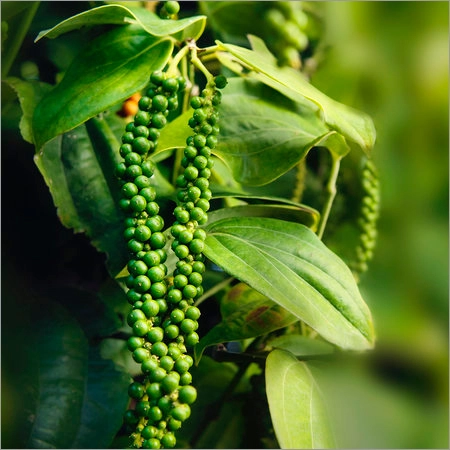
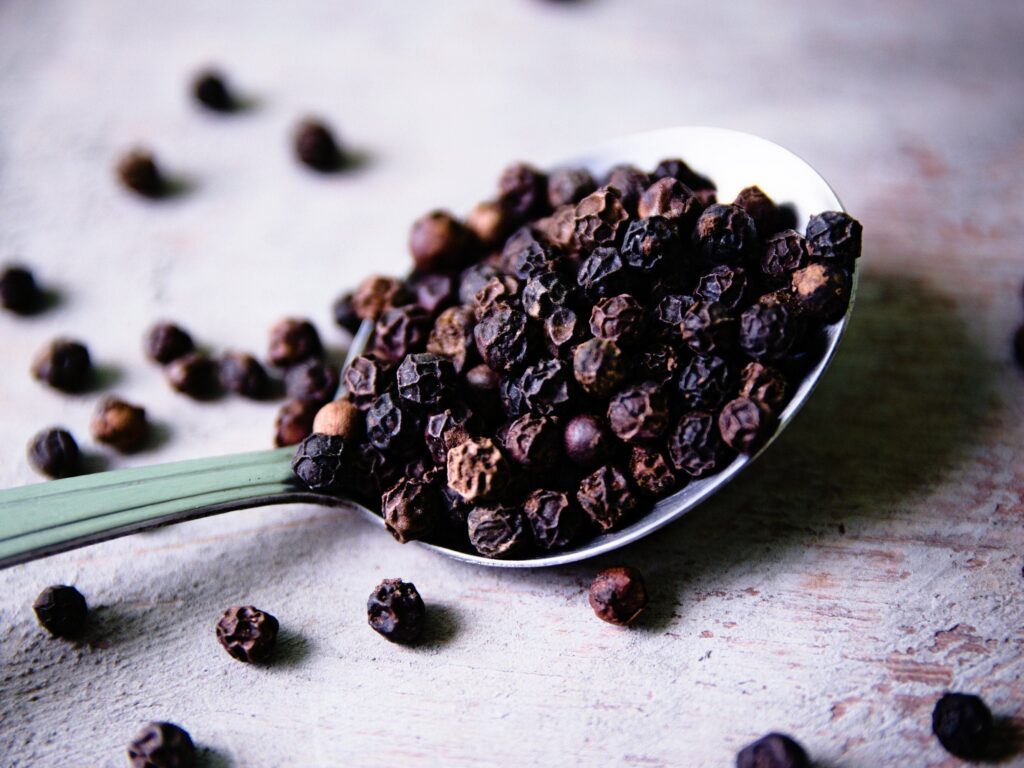
TELLICHERRY BLACK PEPPER
What distinguishes peppercorns from plain black pepper, then? Actually, there is a great deal of false information on the subject. Oddly, some websites claim that peppercorns originate in the Indian. It’s untrue. According to some websites, Peppercorns are grown for a longer period of time. Nope. That’s also untrue. They spend the same length of time on the vine as normal peppercorns.
MALABAR BLACK PEPPER
India’s Malabar region, often known as the Western Ghats, is credited with introducing peppercorns to the world. The search for a trade route, which was primarily for the black pepper at the time known as “Black Gold,” is an old but significant aspect of Indian history. I had no idea what a peppercorn was before The Reluctant Trading Experiment. However, I’ve gained a lot of information, so I figured I’d impart it today with a little peppercorn pontification.
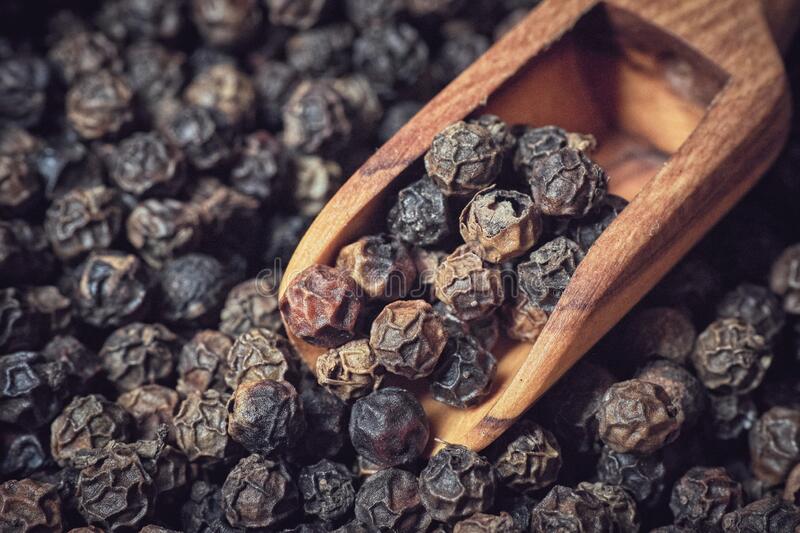
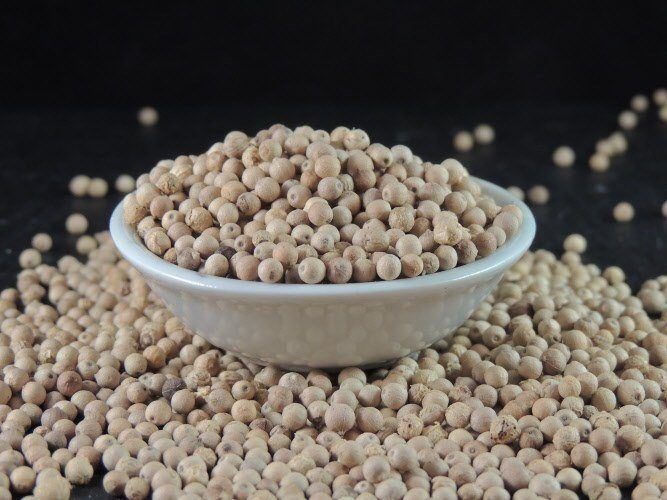
SARAWAK WHITE PEPPER
The name Sarawak for this pepper comes from its native. The Malaysian island of Borneo’s northwest region is where Sarawak is located. To the south and southeast, this region shares a border with Kalimantan. Along with the well-known Sultanate of Brunei in the northeast and the state of Sabah. The main exporters in the region are located in Kuching, the administrative centre of the largest.
MUNTOK WHITE PEPPER
On the Indonesian island of Bangka, pepper farmers climb conventional bamboo tripods and hand-pick fruit spikes of red, ripe pepper berries from the hills beyond the settlement. The fruit spikes are placed in rice sacks and submerged in water that flows slowly after being dumped from the mountains above. After seven days, the pepper’s external peel has fallen off, and the peppercorns are gathered for the Pepper Dance, a customary trampling.
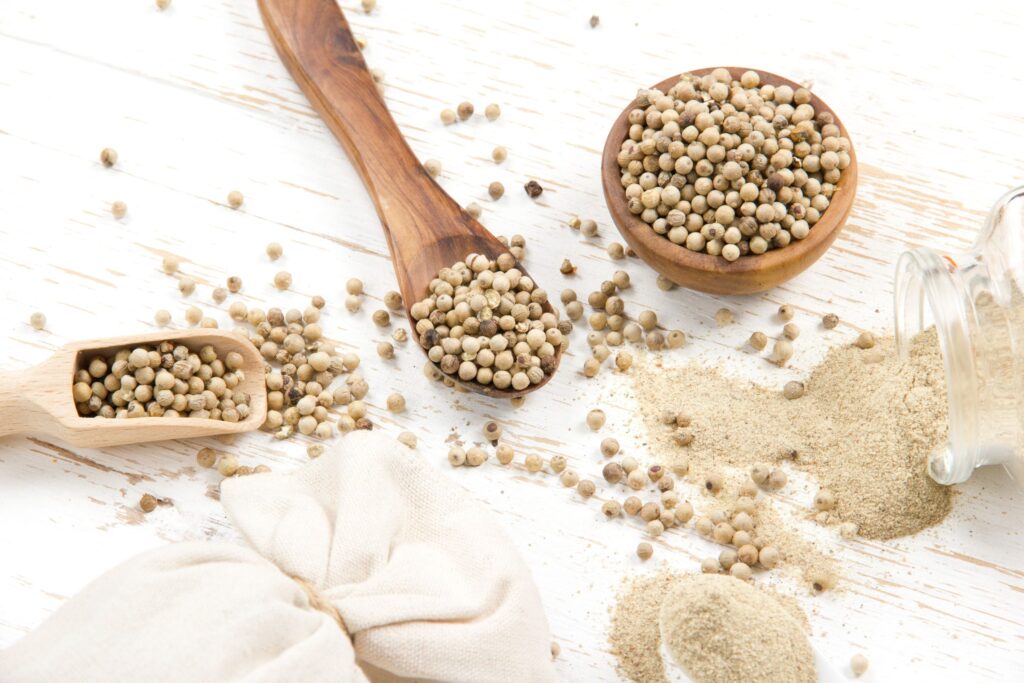
Keep In Touch
Contact Our Team
We Are Here To Help You 7 Days A Week And Respond Within 24 Hours. Plus, You Can Find Most Answers To Your Questions.


